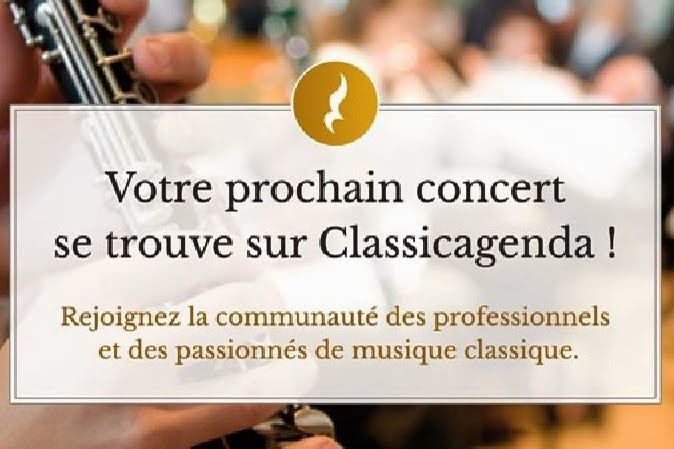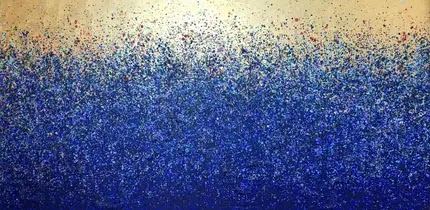31.10.16
27.10.16
Maisons-Laffitte
Maisons-Laffitte can be found some 18 km (11 miles) north-west of Paris. You can reach
it by train from the Saint-Lazare station (see previous post) or by the
metro-RER line A.
Originally
a small village, a castle was built during the 17th century, then
belonging to the family de Longueil. It was built big enough to be able to
receive the King (then Louis XIV) and other royals when they had been hunting in the nearby large Saint-Germain forest.
It was later belonging to the
brother of Louis XVI, the Count of Artois, future King Charles X. He was a fan
of horses and this is how the place became and has remained a great riding
centre.
The French Revolution meant that the royals disappeared from here.
For a few years it belonged to the Marshal Lannes until his death on the
battlefield in 1809.
His widow sold it a few years later to the banker Jacques
Laffitte, also a leading politician and a great horse fan, who gave his name to
the place. In the 1830’s he sold parcels of the park, opened “avenues” and a
number of fashionable mansions were built. Finally the whole park was sold by
his family in 1850.
Here are
some Google Earth views. The present park is within the dotted red lines.
... and here are some
photos of the castle…
… the park…
… a number
of 19th century (and some later built) mansions…
… the gate
through which the Saint-Germain forest (royal) hunters arrived…
… some
horses.
A few views
from the old village with a 11th century church (now used for cultural events)…
… and from
the Seine River banks.
Labels:
Maisons-Lafitte
24.10.16
Around Avenue des Ternes.
Today, a
little walk through the western parts of the 17th arrondissement,
more or less around Avenue des Ternes and west of Place des Ternes, on which I
already posted (see here).
The word
Ternes seems to have its origin in the name of a farm, outside the city limits,
a “ferme externe”. “Externa” (in latin) became “estern” and “ternes”. The farm
became a little castle of which we today can see some modest remains. A street
through the castle was opened during the 18th century… and the
surrounding area got more and more inhabited. More streets were created and on
the trace of the major road from Paris (Porte Maillot) to the Saint Denis
Basilica (see post here) a railway was built, part of the “Petite Ceinture” (see previous post
here - and some others here). The whole area became part of Paris in 1860. Here is a comparison between 1800 and today.
Avenue des Ternes is today a very busy street with a number of shops.
The first
little chapel in the area was obviously built in what now is referred to as “Villa
des Ternes”, a private enclosed area with tree-lined little streets and some
remarkable buildings. One of the little streets is even named “Avenue de la
Chapelle”.
The first
real church was built in the middle of the 19th century and is now
replaced by an imposing building which was built between 1937 and 1957 (WWII
interrupted the construction), “Saint Ferdinand des Ternes”. It’s in a neo-byzantine style
with three cupolas.
What may be
particularly attractive here are the open market streets.
One bakery
is particularly appreciated by the Swedish Paris population – they offer the so called "prinsesstårta" (princess cake).
Labels:
Paris 17
20.10.16
U.S. presidential elections – in Paris.
“Harry’s
Bar”, rue Daunou, was opened in 1911 as the “New York Bar”. The barman Harry
MacElhone took over in 1923 and added his name to the bar. It has stayed in his
family since. Among the guests over the years there are names like Ernest
Hemingway (see my post from 2009 about Hemingway’s Paris habits), Ali Khan,
Rita Hayworth, Humphrey Bogart, Jack Dempsey, Coco Chanel, the Duke of Windsor…
and George Gershwin composed “American in Paris”.
This is
also where for each U.S. presidential election since 1924 a “straw poll” takes
place. You must be a U.S. citizen to participate. The results have always
corresponded to the real result with exceptions for 1976 (Jimmy Carter) and
2004 (George W. Bush). The box is there and the U.S. ambassador (Jane Hartley)
was the first one to cast her ballot a couple of days ago. She then also stated
that only 5% of Americans abroad voted in 2012 – “let’s do better”. The “straw
poll” results will be known only on the Election Day, November 8.
(By the
way, the Hemingway Bar at the Ritz Hotel is now again open – hotel recently
renovated. I was there last week, had a Dry Martini – 30€. Nice, but it will not be on
a daily basis.)
17.10.16
Maillol ... and "Ben"
There is a
museum, rue Grenelle, dedicated to the sculptor Aristide Maillol (1861-1944)
who specialized in the female body. It was created in 1995 (was recently renovated) by one of his former models,
Diana Vierny (1919-2009), who became a gallery owner and art dealer … and donated the great number
of Maillol statues that you can find in the Tuileries Gardens (see previous
post).
At the
moment, the Maillol Museum proposes a temporary exhibition by a surprising artist, “Ben” (Ben
Vautier 1935 - ).
"Ben" lives in Nice, where he ran a “shop” between 1958 and
1973. He’s known as an avant-garde, post-modern artist… known for “performances”,
« installations », « mail-art », « écritures »… and
street art – like here in Paris, rue Menilmontant (see also previous post).
Let’s not
forget Aristide Maillol and the permanent collection. Maillol was also a creator of tapestry in the past. Three of his statues decorate the staircase of the Metropolitan
Opera House in New York.
(There are a number of very interesting exhibitions in Paris at the moment. Here are some other examples: Rembrandt, Oscar Wilde, Diego Rivera/Frida Kahlo..., Hergé, Fantin-Latour, Magritte, "Icons of Modern art".)
The entrance to the Maillol Museum is adjacent to an 18th century monumental fountain, “La Fontaine des Quatre Saisons”. It offered despite its size only small quantities of drinking water to the Parisians. It was already at its creation criticized for being a bit too imposing for this rather narrow street.
The bottom
floor and the basement (now a restaurant) of the present museum used to house a
cabaret, also named “La Fontaine des Quatre Saisons”, in the 1950-60’s, managed
by the brothers Jacques and Pierre Prévert. All names of performers in the
cabaret may not be known abroad, but I wish to mention Maurice Béjart, Guy
Bedos, Mouloudji, Jean Yanne, Philippe Clay, Francis Blanche, Les Frères
Jacques… and Boris Vian who created his famous anti-war song, “Le Déserteur”
(The Deserter) here.
Labels:
Paris 7
13.10.16
A park by night.
This summer
it was decided that some of the larger Paris parks should stay open 24 hours a day.
This was also the case with the Clichy-Batignolles – Martin Luther King Park on
which I have posted a number of times. This
previous rail shunt yard – for a while thought to be the Olympic village if
Paris had got the 2012 summer games - has now since a number of years been
transformed into a very popular park surrounded by residential and office
buildings – many still under construction.
I took a
walk one night. Here we have a comparison of day and night views.
Subscribe to:
Posts (Atom)

































































